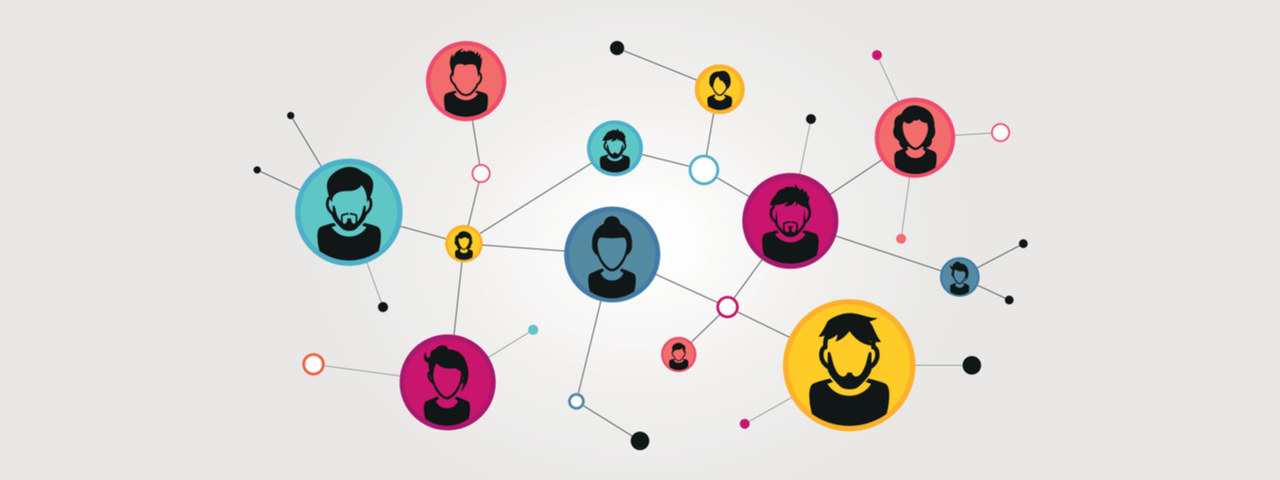
Published Aug 30, 2021. Updated Jun 15, 2023.
To quote one of the most famed bosses in modern history, Michael Scott, “Do I have a special someone? Well, yeah of course. A bunch of ‘em. My employees.” While The Office is a satire on the best and worst aspects of working in corporate America, there are kernels of truth that can be extracted: enterprises are brimming with exceptional talent who are not being leveraged to their full potential. The challenge lies in identifying top talent so that organizations can better manage, promote, and foster their future leaders.
Finding key employees, the old way
Historically, organizations were forced to rely on anecdotal evidence to measure performance and rigid organizational charts to understand relationships. However, these far-removed metrics fail to grasp the intricacies that come with a multifaceted workforce. While an organizational chart can map out status hierarchies, it cannot identify lay leaders and top performers who are also guiding their teams. Nor can anecdotal evidence reliably identify innovators because it favors the most visible—not the best.
To fill in the gaps, enterprises have poured resources and time into surveys, focus groups, employee feedback initiatives, and other one-off strategies that only provide a snapshot of an organization. These strategies only capture a single moment in time, failing to keep up as employees come and go, dynamics shift, and departments restructure.
Instead, if enterprises want to move beyond the speculative and into the informed, they need to continuously evaluate performance and cooperation from the source.
Finding key employees with network analysis
In order to create a living picture of your organization, you must turn to your workforce. Employees generate copious amounts of information that speak to their productivity and relationships as they work and interact over emails, file shares, and collaboration platforms.
Below is a demonstration of the communication patterns of top performers and key innovators.
Network analysis, a subset of business analytics, dives into the troves of unstructured, employee-created data and maps out who talks with whom, how often, and about what. These insights allow organizations to peer into their black box and answer fundamental questions: who are my key innovators, what distinguishes my top performers from the rest, how can I nurture their growth, and how can I replicate their success?
Answering these questions may seem complex, but research and practice have shown that while each employee is unique, there are underlying trends that can computationally identify rising stars.
For example, innovators are naturally curious thought leaders who are prone to explore topics in-depth from an array of perspectives. Consequently, it is only natural that innovators tend to have wide networks crossing multiple departments with whom they engage in longer, more intricate conversations. People look to innovators for insights, and they accordingly receive more messages than they send.
Similarly, top performers are individuals who are seen as a source of knowledge, who consistently produce quality work that others seek to emulate. These individuals are deeply embedded in central networks, they write with positive tones, and frequently use complex language that is later replicated by coworkers.
Nurturing talent
By isolating existing innovators and top performers, organizations can adjust the ways they approach rewarding, hiring, and developing talent. Network analysis can focus promotion efforts to leverage underutilized employees who are already seen as unofficial leaders and have the required skill sets necessary to advance their careers. Furthermore, hiring managers can replicate their success by identifying the qualities that make stellar employees stand out and place additional weight on those attributes throughout the selection process. Then, once hired, organizations can curtail the onboarding process to best foster success and ingenuity.
Your workforce is overflowing with talent that can ascend your enterprise to new heights—you need only to look.
Related Posts
Additional Resources
How to avoid re-processing of data?
Master the Art of Efficiency: Quick Technique on Avoiding Data Re-processing!...
Meta-Data Analysis Vs. In-Depth Analysis
Meta-Data Analysis and In-Depth Analysis are both extensively used by organizations. Here is the comparison between the two approaches and…...
Identifying top performers and key innovators with network analysis
From Anecdotes to Insights - Empowering Organizations with Data Driven Talent Management....


